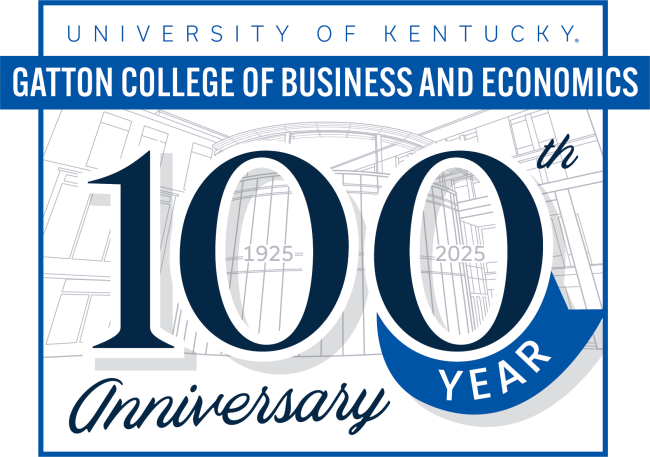School choice initiatives and charter schools have grown substantially in the past two and a half decades. Economists argue that this is a move toward more competition and should lead to improved school system performance. However, school choice and charter school enabling laws can be quite restrictive and are limited to relatively few children. Can this limited degree of competition have a noticeable effect on an entire state’s overall K-12 performance, i.e., beyond that of for the children in the programs? This paper quantifies the underlying laws that have enabled (or impeded) school choice and charter schools from 1990 to 2019 and conducts an initial empirical analysis to address this question. The basic findings indicate strikingly large test score gains for states that have adopted voucher programs and/or Education Savings Accounts (ESAs). Though per pupil spending on K-12 has a positive effect on test scores, its magnitude is very small and is swamped by the effect of having a voucher or ESA program. Moreover, vouchers and ESAs are associated with less per pupil spending. These effects are robust and are not dependent on outlier states, specific time periods, or pre-existing trends in states.

